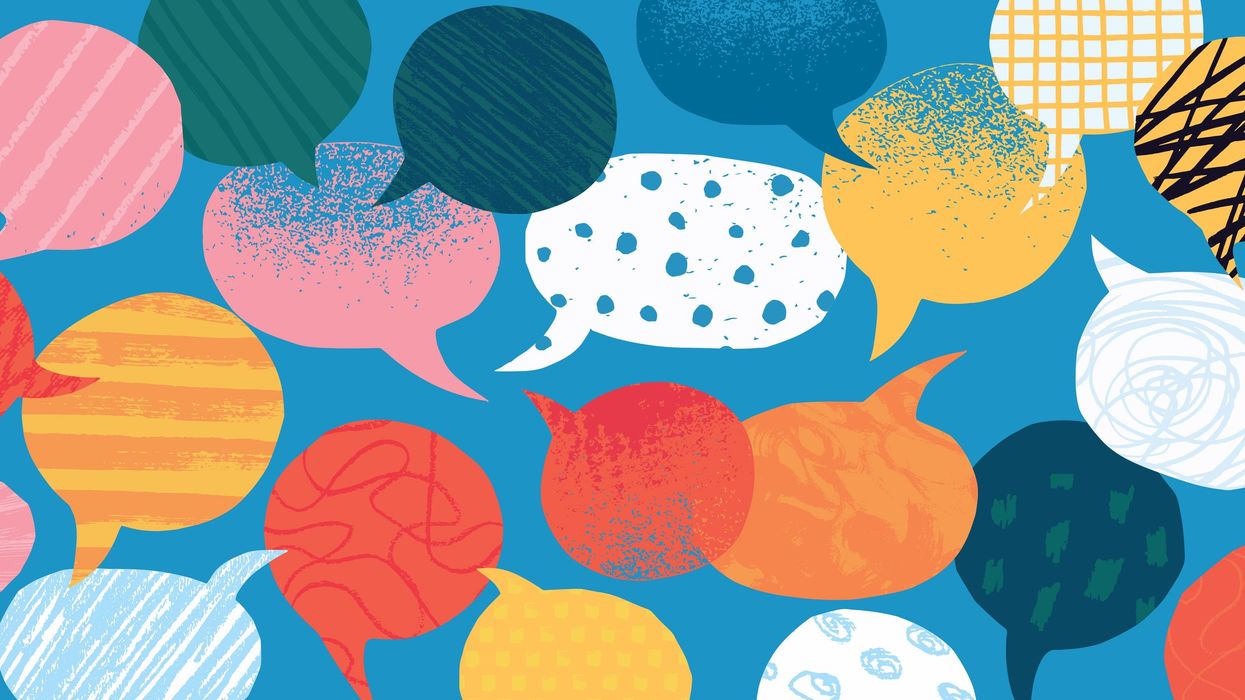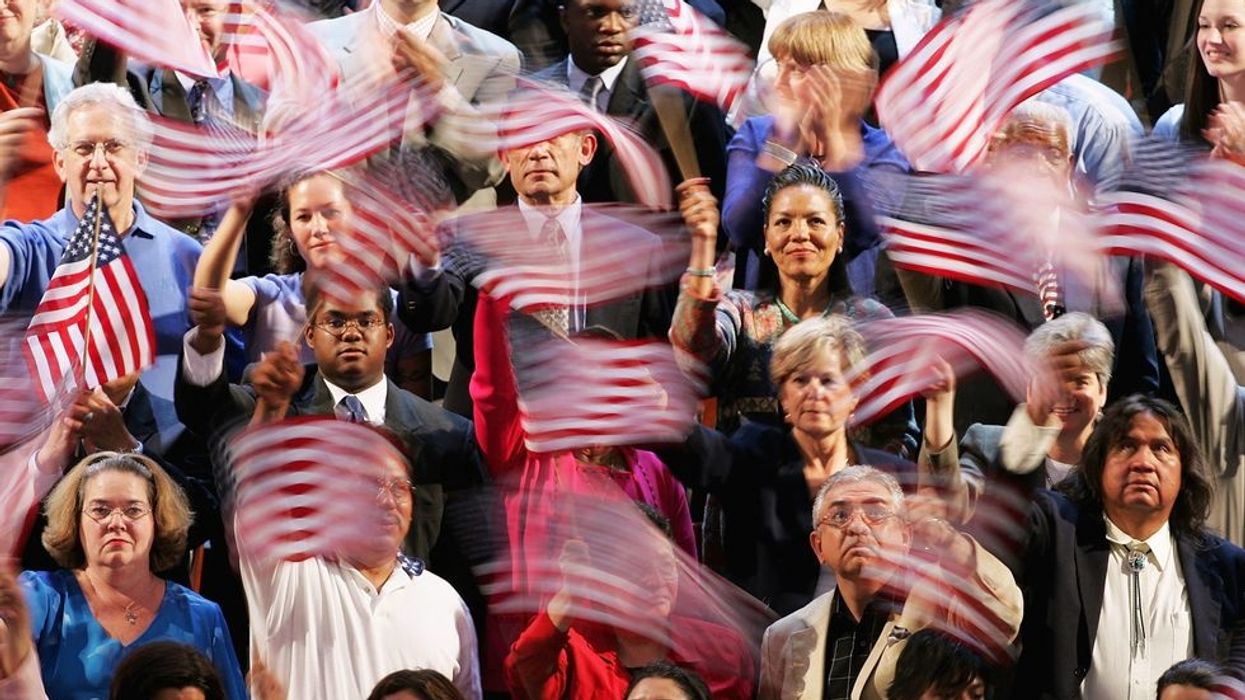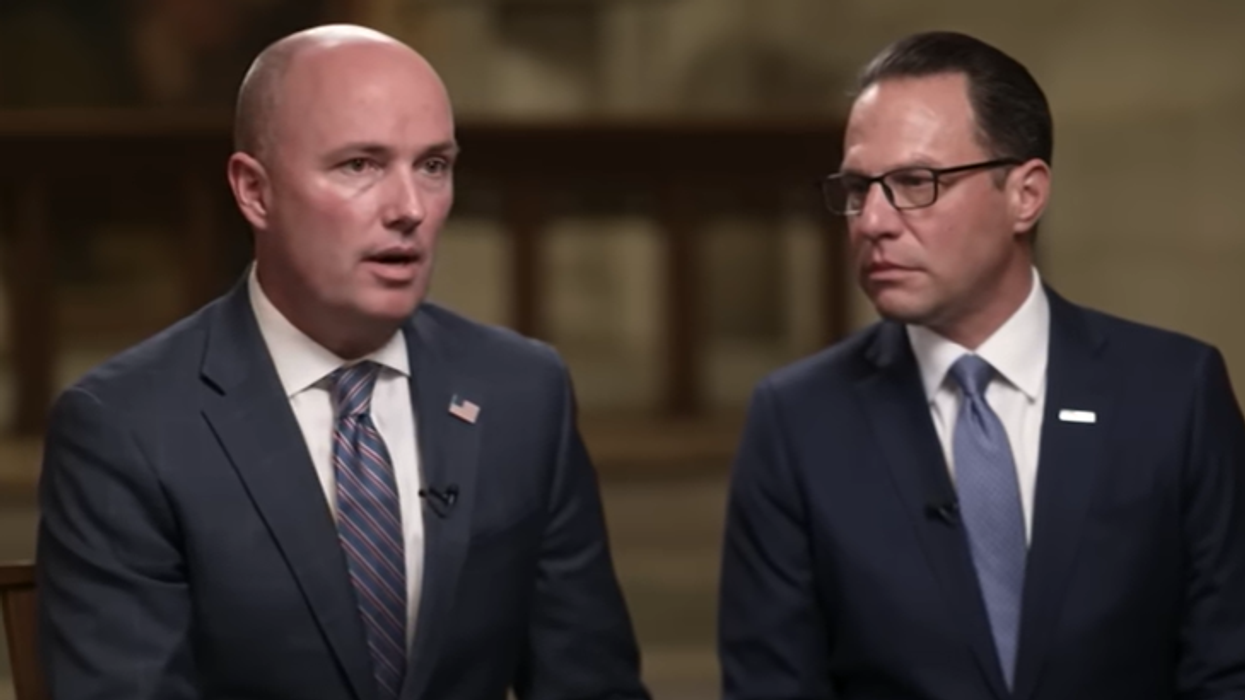This week, citizens and organizations across America celebrate the National Week of Conversation. In a time of deep division in our country, this week provides a crucial reminder of the power of conversation in building strong, connected communities to restore trust and create lasting change. When people come together with a shared sense of purpose and belonging, we lay the groundwork for a more resilient and inclusive democracy.
Yet, disengagement has become our default to conflict. It’s often easier to cancel, scroll past, or tune out people whose views challenge our own. Sometimes, that instinct is valid through the lens of safety and well-being. But when this becomes a default mechanism to disagreement, we begin to lose something essential. We lose opportunities to build community, to foster understanding, and to strengthen the social fabric that holds us together.
As more Americans, particularly young people, become politically active, many are seeking change through action. We must recognize that change doesn’t happen in echo chambers—it happens in the hard, messy spaces where people choose to stay in conversation, to listen, and to imagine something better together. Reclaiming those spaces is how we begin to heal and rebuild—one relationship, one community at a time. History shows us that it's possible.
For centuries, Americans of all walks of life have turned to communication as a radical tool for change. Civil rights leaders didn’t just speak to allies—they confronted harmful ideologies head-on. Dr. Martin Luther King Jr. used dialogue to appeal to moral consciousness. Dorothy Height advocated for racial and gender equality by negotiating directly with politicians and civil rights leaders. Their voices didn’t just mobilize supporters; they broke down doors.
Although times have changed, we need conversations now more than ever. In moments of deep division, building community through honest, respectful dialogue is not just helpful—it’s essential. I’ve seen firsthand how powerful it can be when people come together across differences, driven by a shared commitment to progress and understanding. That’s why partnerships with organizations like Builders—who are dedicated to overcoming toxic polarization—are so important.
In my countless conversations with both young people and the institutions trying to reach them, I’ve sat with administrators who ask, "How do we engage the next generation?" And I’ve listened to young people who ask, "How can we be heard?" At the core of both questions is the same need: to feel seen, understood, and valued. When we begin to address this need, we open the door to real connection, mutual respect, and meaningful collaboration.
Living in a digital-first world, we have more access than ever to different perspectives. America has never been a monolith; it’s a collision of cultures, perspectives, and histories that must coexist. If we want a future where all of us can thrive, we can’t afford to opt out of the conversation. Instead of withdrawing into our spaces, we must come together with boldness, empathy, and a shared commitment to meaningful change.
Frederick Douglass once said, "The life of the nation is secure only while the nation is honest, truthful, and virtuous." It is through our collective commitment that we build the foundation for the community that we want. Our democracy depends on it. Our future demands it. And history reminds us that every breakthrough we’ve ever achieved began with the courage to speak—and the willingness to build.
Chelsea Millers is the CEO of CPM Global and Co-Founder of Freedom March NYC, one of the largest youth-led civil rights organizations in the U.S. She is also a partner of the Builders Movement to overcome toxic polarization and solve our toughest problems together.



















